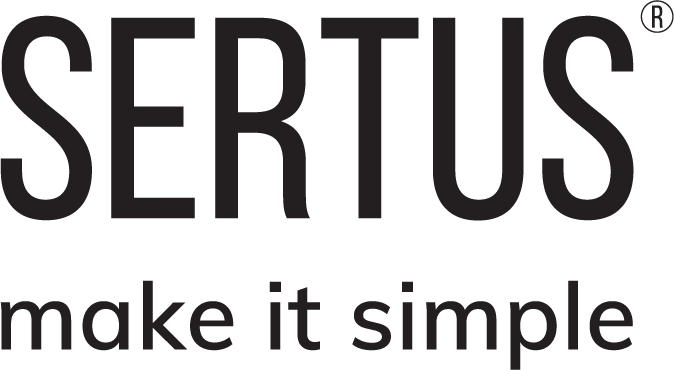Frequently asked questions.
Have additional questions?
Flow rates at the damper face vary from system to system and will usually need to be proved with a CFD (Computational Fluid Dynamic) model. It would be best to speak to one of our technicians for accurate flow rates because a large number of factors have to be taken into account.
Smoke control dampers must be fitted to a mechanical shaft. They must be certified to EN12101-8 and achieve a number of specific criteria. Fire doors cannot be used. For more information, watch this video.
A mechanical shaft can be as small as 0.6m2, so long as the correct flow-rates can be achieved. It's best to discuss this with one of our technicians but between 0.8m2 and 0.6m2 is a good starting point.
Primary and secondary are needed for mechanical smoke ventilation systems as they are life-safety systems.
BS 9991:2015 15 states that 'the Primary power source should generally be a taken from a public electricity supply, with secondary power being supplied from an alternative utility supply from another substation, a generator, an Uninterruptable Power Supply (UPS) or batteries)'
If none of these options are available we would suggest that you get in touch with one of our system designers who can help you further with this.
The ATS (Automatic Transfer Switch) for our mechanical smoke ventilation system is located within the extract fan control panel which is situated in the Sertus Pod.
Air Pressure Sensors are required to ensure that the opening force of the door 'does not exceed 100N at the door handle when the system is in operation'. BS 9991:2015 14.2.4.
Air Pressure Sensors are not required if the inlet is from the head of stair AOV and the stair door is reverse hung. This is because the smoke extract fan will pull the stair door open rather than force it shut.
Published in 2008, the BS 9999 is the UK code of practice for fire safety in the design, management and use of buildings, and provides a best practice framework for fire safety for architects, designers and surveyors but also facilities managers, fire safety professionals and building control officers.
It provides recommendations and guidance on the design, management and use of buildings to achieve acceptable levels of fire safety for people in and around buildings.
Published in 2015, BS 9991 is a code of practice which complements BS 9999 but focuses on fire safety in the design, management and use of residential buildings.
It is designed to assist architects, fire safety engineers, building control officers and installers when selecting, installing, inspecting or servicing fire safety systems in residential buildings, such as fire detection and alarm systems, fixed fire-fighting systems and more.
BS 9991 also provides guidance on the design, management and use of residential buildings so they achieve reasonable standards of fire safety for people who are in and around the building(s) and firefighters.
Yes, the Sertus Pod has the ability to perform both smoke and environmental extract.
This gives it a unique ability to offer an additional function with little additional cost.
